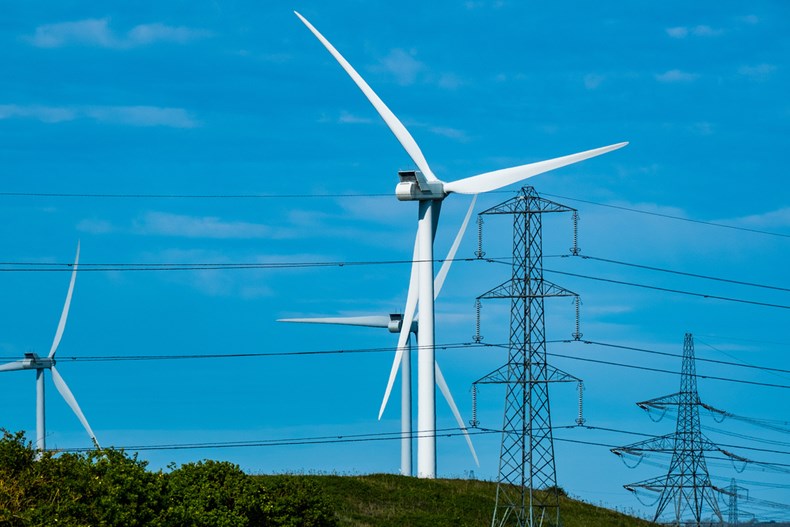
SSE plc has set a new series of comprehensive carbon targets, aligned to the 2016 Paris Agreement, and validated by the Science Based Target initiative, which will see SSE strive to cut emissions further and faster.
They are designed to ensure that SSE has a credible and verified target that shows a clear line of sight towards a well-below 2°C global warming trajectory. Under the new series of targets:
- SSE aims to reduce its direct Scope 1 GHG emissions by 60% to 120g CO2e/kWh by 2030 from a 2018 base year (300g CO2e/kWh), stretching its previous target to reduce carbon intensity by 50% to 150g CO2e/kWh;
- SSE also commits to cut its absolute Scope 1 and 2 GHG emissions by 40% by 2030 from a 2018 base year, from 11.1m tonnes of CO2 equivalent to 6.6m tonnes, reflecting the importance of delivering absolute emissions reductions in the long run;
- SSE understands the impact of its indirect emissions and has therefore committed to work closely with its supply chain so that 50% of its suppliers by spend will have a science-based target by 2024; and
- Finally, while the decarbonisation of heat remains the hardest challenge of all, SSE also commits to reduce absolute GHG emissions from use of products sold 50% by 2034 from a 2018 base year.
SSE will report annual progress against these targets within its Sustainability Report and, in line with the requirements of the Science Based Target Initiative, will review the targets themselves in 2025 according to the latest scientific evidence. These goals continue to be directly linked to executive remuneration in SSE.
SSE Chief Executive, Alistair Phillips-Davies said:
“The climate emergency remains as dangerous as it did before the coronavirus struck. We need to focus on securing a green recovery and investment in carbon reduction is a win-win for climate and economy.
“SSE’s vision is to be a leading energy provider in a net zero world, but that vision must have credibility and the confidence of our key stakeholders. What’s needed is action – and that action must be backed by evidence, science and facts.
“That’s why SSE has sought the expertise of the Science Based Target Initiative; why we’ve aligned our carbon targets to the Paris Agreement; and why, now, we will redouble our efforts to achieve them.”
NOTES
- United Nation’s Sustainable Development Goals
In March 2019, SSE set four 2030 business goals aligned to the UN Sustainable Development Goals:
- Cut carbon intensity by 50% (SDG 13: Climate Action)
- Treble renewable energy output (SDG 7: Affordable and Clean Energy)
- Help accommodate 10m electric vehicles on the electricity network (Goal 9: Industry, Innovation and Infrastructure); and
- Champion Fair Tax and a real Living Wage (Goal 8: Decent Work and Economic Growth).
The first goal will now be updated to a 60% reduction, to 120g gCO2e/kWh, by 2030. In 2019/20 the carbon intensity of electricity generated by SSE was 288g CO2/kWh, compared with 284g CO2/kWh in the previous year. SSE closed its last coal-fired generating plant at Fiddler’s Ferry, in March 2020.
- A Network for Net Zero
SSE owns the electricity transmission network in the north of Scotland. SSEN Transmission, as part of its Business Plan ‘A Network for New Zero’, is undertaking the Science Based Target process and will publish its targets in due course.


